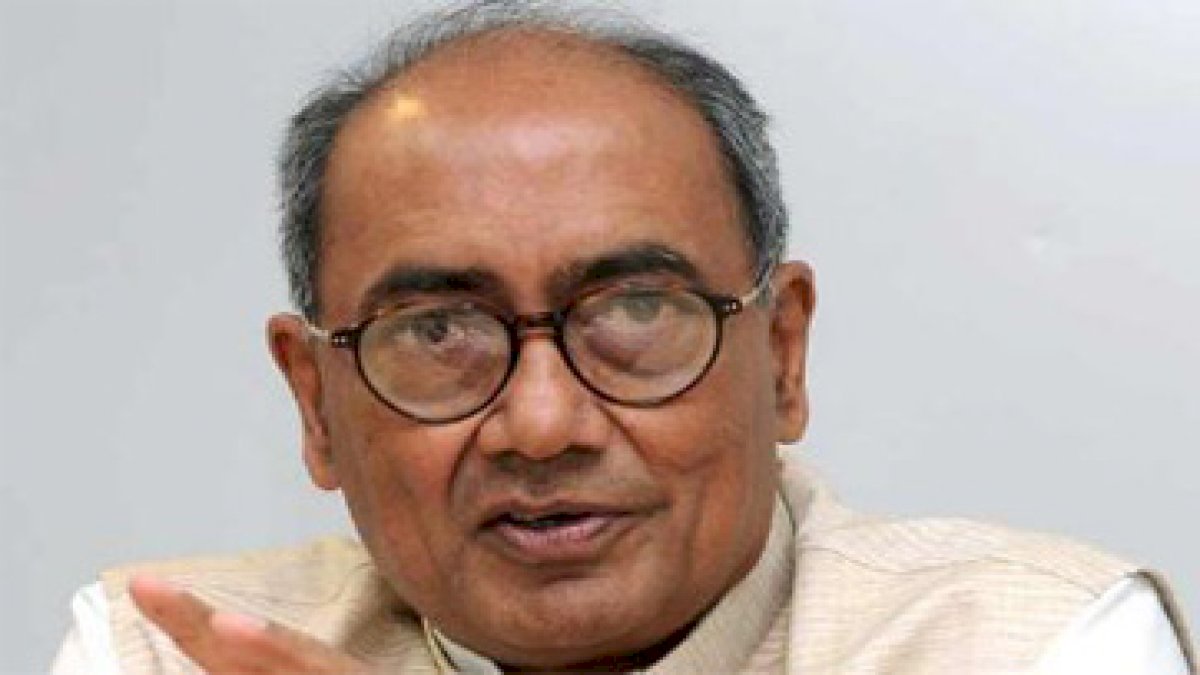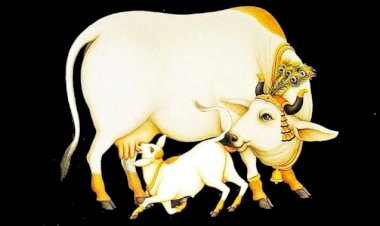
आर्थिक एवं औद्योगिक विकास: समग्र विकास के लिये मध्यप्रदेश की नई आर्थिक विकास नीति घोषित की

He first became a minister in the Madhya Pradesh state government in 1980. Initially, he held the portfolios of agriculture, fisheries, animal husbandry with the rank of minister of state with independent charge, and then was promoted as a cabinet minister with the irrigation and command area development portfolios. Among the major decisions taken by him during this period are:-

आर्थिक एवं औद्योगिक विकास: समग्र विकास के लिये मध्यप्रदेश की नई आर्थिक विकास नीति घोषित की

Initiatives - A new progressive Bhopal

मध्यप्रदेश मे बनाया देश का पहला गौ सेवा आयोग

मध्यप्रदेश मे काँग्रेस सरकार के शिक्षा सुधार के कार्यक्रमों से साक्षरता दर मे 20 प्रतिशत की हुई रिकॉर्ड वृद्धि

काँग्रेस सरकार ने किया बेहतर वित्तीय प्रबंधन

मध्यप्रदेश में ग्राम स्वराज एक विशेष और अनूठी पहल थी